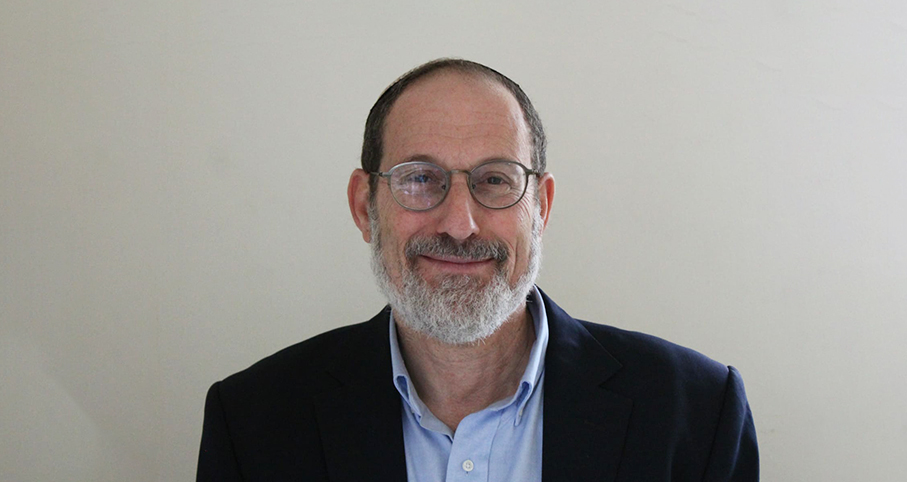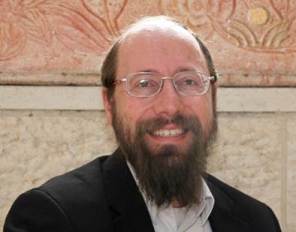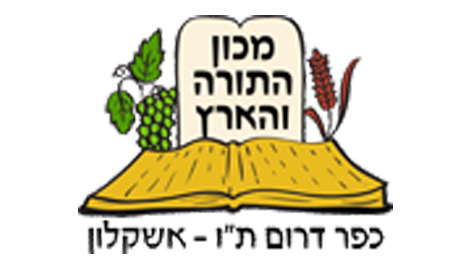Ask the Rabbi
Question
Since the liberation of Jerusalem in the Six Day War, shouldn’t we make some changes updating the wording of the “Nachem” prayer on Tish’a B’Av?
Answer
We know how important it is to speak honestly, and how much more so during prayer. We even go so far as to change the wording in Ne’ila on Yom Kippur, “the day has passed” if said after sunset, instead of “is passing”, (Mishna Brura, 623, Sh. Tz. 6), and we don’t say Anenu (“our fasting”) in the morning because “maybe” we won’t finish the fast!
In fact, the situation of Jerusalem, is no longer “destroyed… deserted without her sons… desolate without inhabitants… swallowed by legions, conquered by idolators…”. There are three approaches among the poskim: Rav Shlomo Goren, as chief rabbi, reworded the Nachem bracha based upon alternative rabbinical versions that are presently more accurate, praying for the Temple, spiritual revival, and those aspects of redemption we have yet to merit, despite the many stages we’ve already seen fulfilled:
נחם ה' א-להינו את אבלי ציון ואת אבלי ירושלים, ואת העיר האבלה החרבה וההרוסה. ציון במר תבכה וירושלים תתן קולה. לבי לבי על חלליהם, מעי מעי על הרוגיהם. ולישראל עמך נתתה נחלה ולזרע ישורון ירושה הורשת. נערה ה' א-להינו מעפרה והקיצה מארץ דויה, נטה אליה כנהר שלום וכנחל שוטף כבוד גוים. כי אתה ה' באש הצתה ובאש אתה עתיד לבנותה, כאמור: ואני אהיה לה נאום ה' חומת אש סביב, ולכבוד אהיה בתוכה. ברוך אתה ה', מנחם ציון ובונה ירושלים
A second approach, that of Rav Ovadia Yosef, former chief rabbi, opines not to make changes in the wording, but to concentrate on the unfortunate “spiritual” situation in Jerusalem, which, despite housing more yeshivot than any time in history, is far from ideal. Similarly, Rav Soloveichik held that as long as the Beit HaMikdash isn’t built, we should continue saying the original wording for one can still say most of the wording (“destroyed… deserted without her sons”) regarding the Temple Mount (and so I heard in the name of Rav Zvi Yehuda Kook).
A third approach, that of Rav Chaim David HaLevy, former chief rabbi of Tel-Aviv, is to simply add the word “shehayta…” (in the past-tense: “which was”… destroyed etc.). On the other hand, this turns the bracha from one of request to one of thanks, something which is worthy, but thanks is the third section of the prayer, while Nachem is still situated in the second section, of request, because there definitely are aspects of redemption still lacking. Because of this difficulty, as well as the literal inaccuracy of the second opinion (the prayer refers to Jerusalem, not just Har HaBayit- “desolate without ‘inhabitants’”-, and even if referring to the Temple Mount, it’s hard to say that she is “swallowed by legions, conquered by idolators”), I personally recite and recommend Rav Goren’s version of Nachem.
Let’s pray for complete redemption!
With Love of Israel,
Rav Ari Shvat

Where should Jews focus their attention
Rabbi Yoel Lieberman | Cheshvan 26, 5786

Son’s Mistake
Rabbi Jonathan Blass | 8 Adar I 5765

Nishmat
Rabbi Yoel Lieberman | Cheshvan 29, 5786




